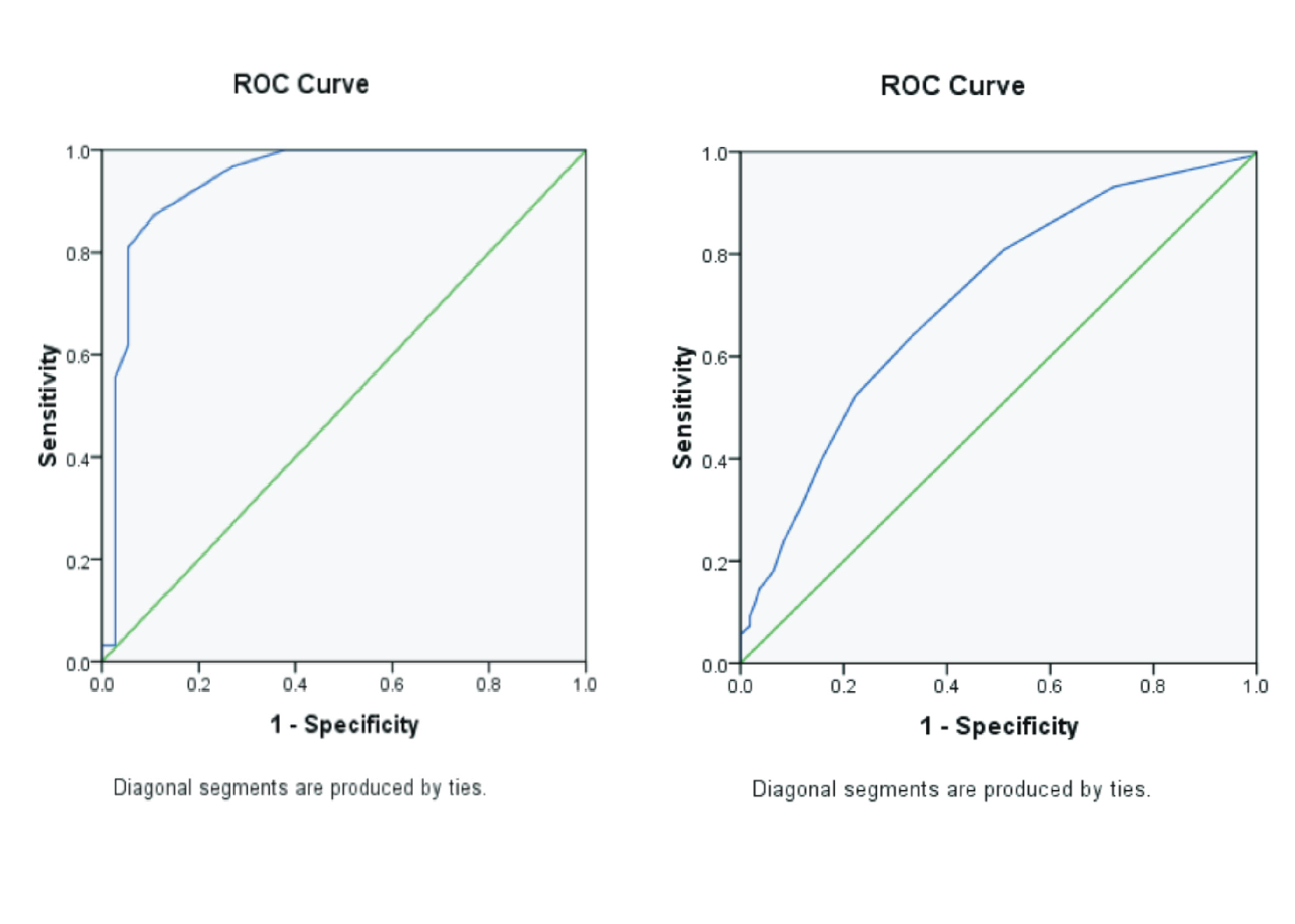EFFECT OF ADDITION RAMIE AND COCONUT COIR FIBERS WITH DIFFERENT CONCENTRATIONS ON TENSILE STRENGTH OF ACRYLIC DENTURE BASE

Downloads
Background: Acrylic denture base material has advantages such as good aesthetics, ease of repair, and affordable price, but this denture has mechanical properties, one of which is low tensile strength so fractures often occur during use. Utilization of natural fibers such as ramie (Boehmeria Nivea) and coconut coir (Coco Nucifera L) can be used as an alternative reinforcement for acrylic denture bases. Purpose: To determine the effect of adding ramie fiber and coconut coir fiber at different concentrations on the tensile strength of the acrylic denture base. Method: This study used a laboratory experimental method with a flat dumbell-shaped specimen with a size of 75 í— 10 í— 3 mm based on ISO 527-1 (2019). The specimens consisted of 42 plates which were divided into 7 groups, namely 6 specimens each group without fiber addition (control), with the addition of ramie fiber 1%, 2%, 3%, and the addition of coconut coir fiber 1%, 2%, 3%. Tensile strength testing using Universal Testing Machine (UTM), data were analyzed by One-way ANOVA test and Post Hoc LSD test. Result: The 3% ramie fiber addition group had the highest tensile strength (76.47 MPa), the 1% coconut coir fiber addition group had the lowest tensile strength (58.91 MPa). There was a significant difference in the results of the control group's tensile strength test and the addition of 3% ramie fiber and 1% coconut coir fiber (p-value < 0.05). Conclusion: The greater the concentration of ramie and coconut fiber additions, the higher the tensile strength value, although the tensile strength value in the coconut fiber addition group was lower than the control group and ramie fiber addition.
Alfathoni, A., Wijanto, W., 2019. Analisis Karakteristik Komposit Serat Rami (Boehmeria Nivea) dengan Matrik Polipropilena dan Epoxy pada Fraksi Volume 40%, 50% dan 60%. Universitas Muhammadiyah Surakarta. Universitas Muhammdiyah Surakarta.
Alla, R.K., Sajjan, S., Alluri, V.R., Ginjupalli, K., Upadhya, N., 2013. Influence of Fiber Reinforcement on The Properties of Denture Base Resins. J. Biomater. Nanobiotechnol. Vol. 4(1), Pp. 91-97.
Anusavice, K.J., 2004. Buku Ajar Ilmu Bahan Kedokteran Gigi, 10 th. ed. Penerbit Buku Kedokteran (EGC), Jakarta.
Astika, I.M., Lokantara, I.P., Karohika, I.M.G., 2013. Sifat Mekanis Komposit Polyester dengan Penguat Serat Sabut Kelapa. J. Energi Dan Manufaktur Vol. 6(2), Pp. 115-122.
Bale, J.S., Bunganaen, W., Almet, O.L., 2018. Analisa Kekuatan Tarik Komposit Nilon-Polyester dengan Variasi Fraksi Volume Serat. J. Tek. Mesin Undana Vol. 3(1), Pp. 43-46.
Cullen, R.K., Singh, M.M., Summerscales, J., 2013. Characterisation of Natural Fibre Reinforcements and Composites. J. Compos. Vol. 1, Pp. 1-4.
Felycia, F., Tarigan, S., 2021. Pengaruh Pelapisan Kitosan pada Basis Gigi Tiruan Resin Akrilik Polimerisasi Panas terhadap Penyerapan Air dan Kekuatan Transversal. Padjadjaran J. Dent. Res. Students. Vol. 5(1), Pp. 57-63.
Fransisca, W., Nasution, I.D., 2015. Pengaruh Penambahan Serat Kaca dan Serat Poliester terhadap Kekuatan Impak Bahan Basis Gigi Tiruan Resin Akrilik Polimerisasi Panas. B-Dent J. Kedokt. Gigi Univ. Baiturrahmah Vol. 2(1), Pp. 16-22.
Habibie, S., Suhendra, N., Roseno, S., Setyawan, B.A., Anggaravidya, M., Rohman, S., Tasomara, R., Muntarto, A., 2021. Serat Alam sebagai Bahan Komposit Ramah Lingkungan, Suatu Kajian Pustaka. J. Inov. dan Teknol. Mater. Vol. 2(2), Pp. 1-13.
Hadianto, E., Widjijono, W., Herliansya, M.K., 2013. Pengaruh Penambahan Polyethylene Fiber dan Serat Sisal terhadap Kekuatan Flek-Sural dan Impak Base Plate Komposit Resin Akrilik. Insisiva Dent. J. Maj. Kedokt. Gigi Insisiva Vol.2(2), Pp. 57-67.
Ku, H., Wang, H., Pattarachaiyakoop, N., Trada, M., 2011. A Review on the Tensile Properties of Natural Fiber Reinforced Polymer Composites. Compos. Part B Eng. Vol. 42(4), Pp. 856-873.
Kusumastuti, A., 2009. Aplikasi Serat Sisal sebagai Komposit Polimer. J. Kompetensi Tek. Vol. 1(1), Pp. 27-32.
Lokantara, P., Suardana, N.P.G., 2007. Analisis Arah dan Perlakuan Serat Tapis serta Rasio Epoxy Hardener terhadap Sifat Fisis dan Mekanis Komposit Tapis/Epoxy. J. Energi Dan Manufaktur Vol. 2(2), Pp. 15-21.
Manappallil, J.J., 2010. Basic Dental Materials, 3 rd. ed, Jaypee Brothers Medical Publishers.
Maryanti, B., Sonief, A.A., Wahyudi, S., 2011. Pengaruh Alkalisasi Komposit Serat Kelapa-Poliester terhadap Kekuatan Tarik. J. Rekayasa Mesin Vol. 2(2), Pp. 123-129.
Mowade, T.K., Dange, S.P., Thakre, M.B., Kamble, V.D., 2012. Effect of Fiber Reinforcement on Impact Strength of Heat Polymerized Polymethyl Methacrylate Denture Base Resin: In Vitro Study and SEM Analysis. J. Adv. Prosthodont. Vol. 4(1), Pp. 30-36.
Nandal, S., Ghalaut, P., Shekhawat, H., Manmeet, S., 2013. New Era in Denture Base Resins: A Review. Dent. J. Adv. Stud. Vol. 1(3), Pp. 136-143.
Pradana, M.A., Ardhyananta, H., Farid, M., 2017. Pemisahan Selulosa dari Lignin Serat Tandan Kosong Kelapa Sawit dengan Proses Alkalisasi untuk Penguat Bahan Komposit Penyerap Suara. J.Tek. ITS Vol. 6(2), Pp. F413-F416.
Prawesthi, E., Tetelepta, M.M., Heldayani, H., 2022a. Evaluation of Water Absorption and Linear Dimensional Changes of Acrylic Resin Denture Base Reinforced with Ramie and Banana Stem Fibers. IOSR J. Dent. Med. Sci. Vol. 21(10), Pp. 50-56.
Prawesthi, E., Tetelepta, M.M., Heldayani, H., 2022b. Pengaruh Penambahan Serat Rami dan Batang Pisang terhadap Kekuatan Impak dan Fleksural Basis Gigi Tiruan Akrilik. B-Dent J. Kedokt. Gigi Univ. Baiturrahmah Vol. 9(1), Pp. 1-11.
Putri, M.L., Sugiatno, E., Kusuma, H.A., 2016. Pengaruh Jenis Fiber dan Surface Treatment Ethyl Acetate terhadap Kekuatan Fleksural dan Impak pada Reparasi Plat Gigi Tiruan Resin Akrilik. J. Kedokt. Gigi Vol. 7(2), Pp. 111–117.
Rahmadita, A., Putranti, D.T., 2018. Pengaruh Penambahan Aluminium Oksida terhadap Kekuatan Tarik dan Tekan Basis Gigi Tiruan Resin Akrilik Polimerisasi Pana. J. Kedokt. Gigi Univ. Padjadjaran Vol. 30(3), Pp. 189.
Riyadi, W., Purwasasmita, B.S., Imam, D.N.A., 2020. Penambahan Nanoselulosa Sekam Padi terhadap Kekuatan Fleksural Basis Gigi tiruan Resin Akrilik Polimerisasi Panas. E-Prodenta J. Dent. Vol. 4(2), Pp. 336-342.
Sabda, S.G., 2013. Perbandingan Kekuatan Tarik pada Bahan Basis Gigi Tiruan Resin Akrilik Polimerisasi Panas dengan Penambahan Serat Kaca. Universitas Jember.
Sari, N.H., Sinarep, S., Taufan, A., Yudhyadi, I., 2011. Ketahanan Bending Komposit Hybrid Serat Batang Kelapa/Serat Gelas dengan Matrik Urea Formaldehyde. J. Energi Dan Manufaktur Vol. 5(1), Pp. 91-97.
Setiawan, F., Ardianto, H., 2018. Karekteristik Sifat Standard, B., 2019. Part 1: General Principles. In: London South Bank University (Ed.), Plastics-Determination of Tensile Properties. The Standards Board, London. Pp. 268.
Titani, F.R., Imalia, C.L., Haryanto, H., 2018. Pemanfaatan Serat Sabut Kelapa sebagai Material Penguat Pengganti Fiberglass pada Komposit Resin Polyester untuk Aplikasi Bahan Konstruksi Pesawat Terbang. Techno (Jurnal Fak. Tek. Univ. Muhammadiyah Purwokerto) Vol. 19(1), Pp. 23-28.
Zuriah Sitorus, A., Maghfirah, Y., Romania, S.H., 2014. Sifat Mekanik Gigi Tiruan Akrilik dengan Penguat Serat Gelas. Indones. J. Appl. Phys. Vol. 4(2), Pp. 183-191.
Mekanis Kekuatan Tarik Komposit Nano Partikel Daur Ulang PET dengan Limbah Abu Bagase Boiler. J. Tek. STTKD. Vol. 5(2), Pp. 30–44
Copyright (c) 2023 Journal of Vocational Health Studies

This work is licensed under a Creative Commons Attribution-NonCommercial-ShareAlike 4.0 International License.
- The authors agree to transfer the transfer copyright of the article to the Journal of Vocational Health Studies (JVHS) effective if and when the paper is accepted for publication.
- Legal formal aspect of journal publication accessibility refers to Creative Commons Attribution-NonCommercial-ShareAlike (CC BY-NC-SA), implies that publication can be used for non-commercial purposes in its original form.
- Every publications (printed/electronic) are open access for educational purposes, research, and library. Other that the aims mentioned above, editorial board is not responsible for copyright violation.
Journal of Vocational Health Studies is licensed under a Creative Commons Attribution-NonCommercial-ShareAlike 4.0 International License














































